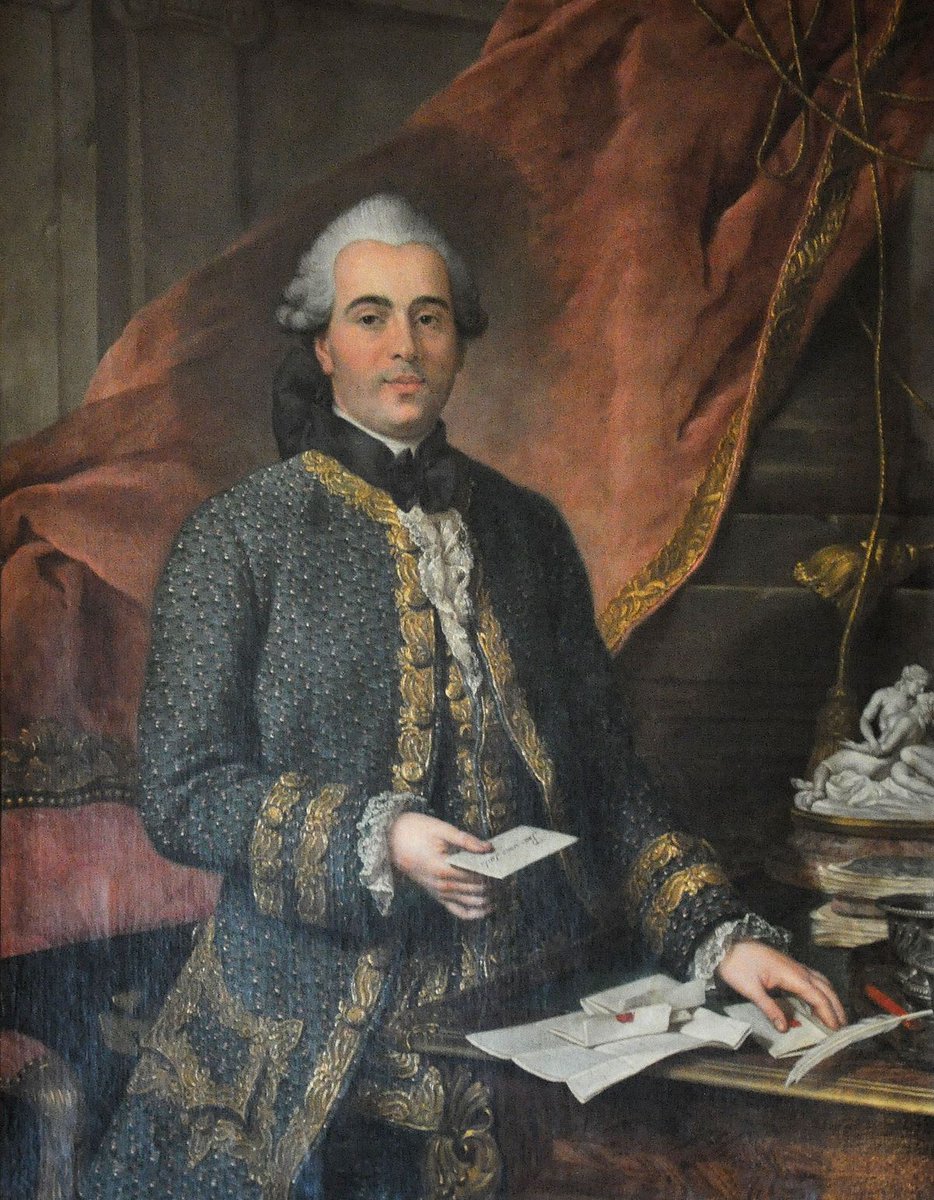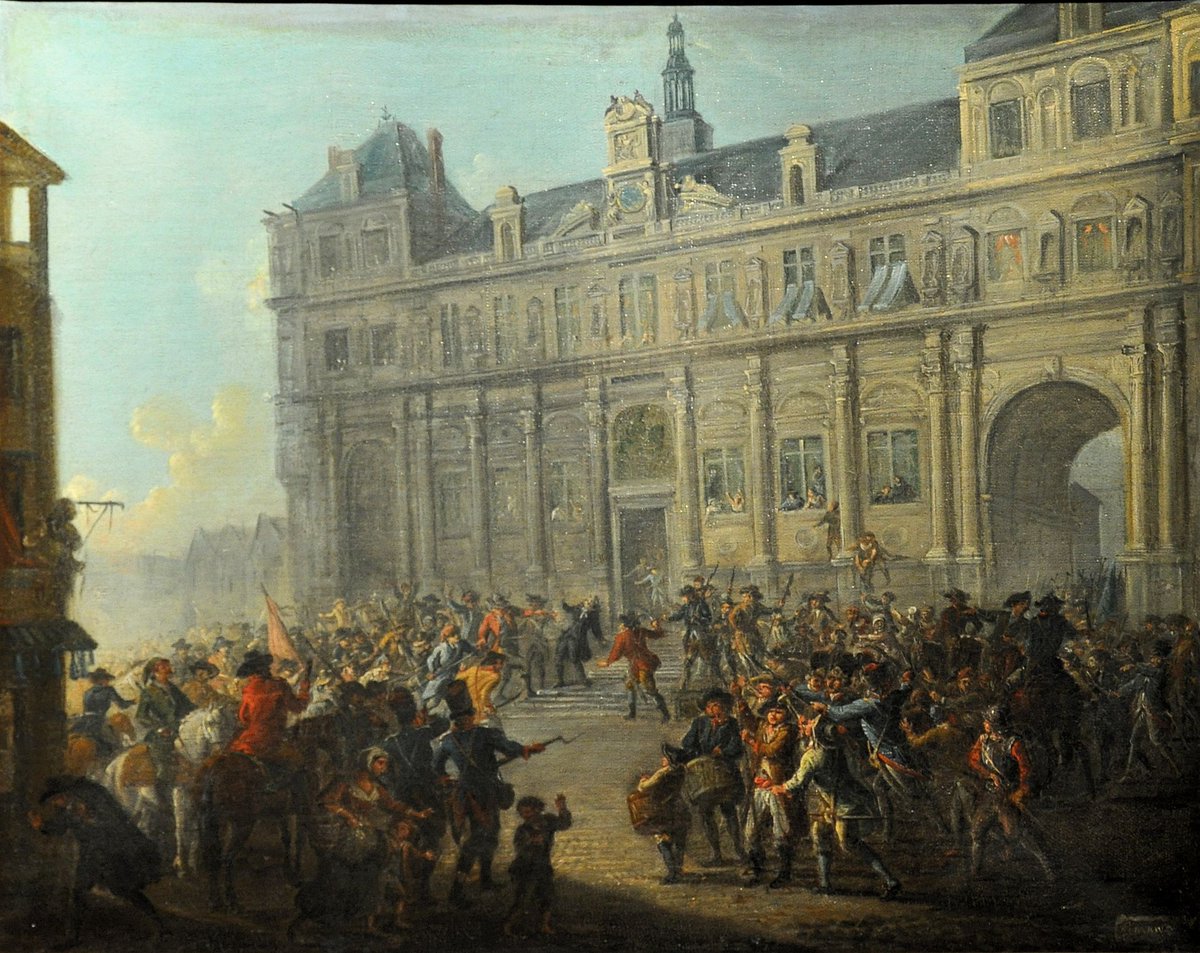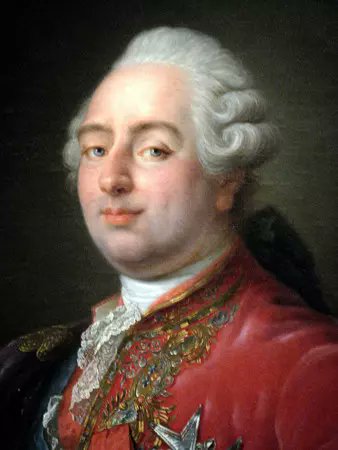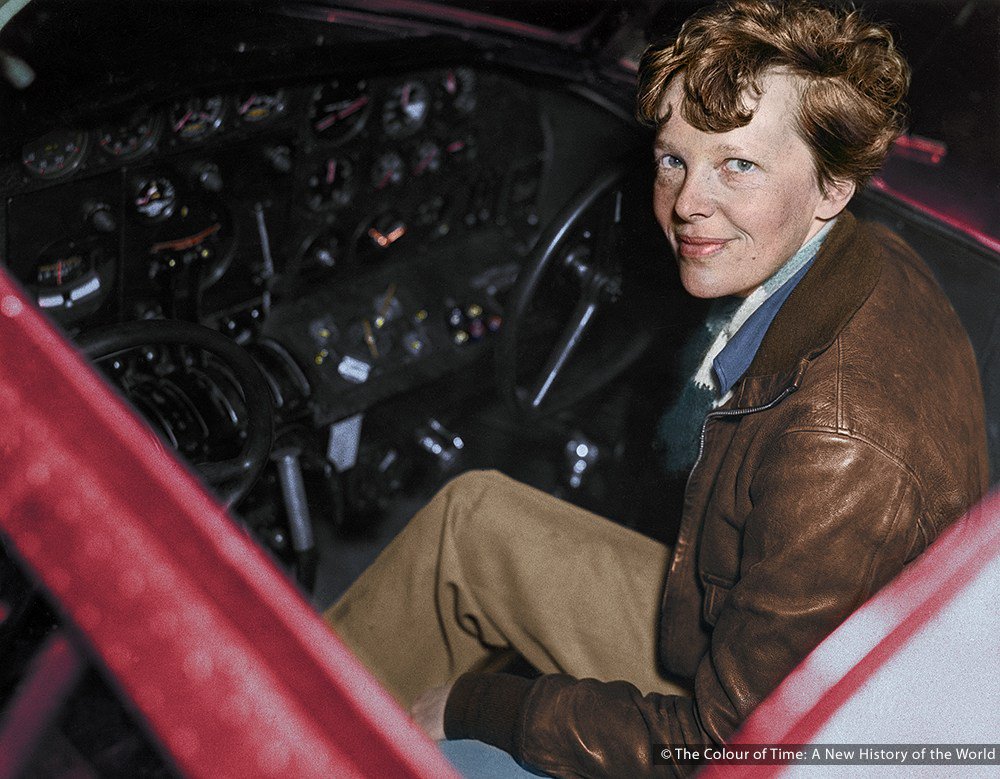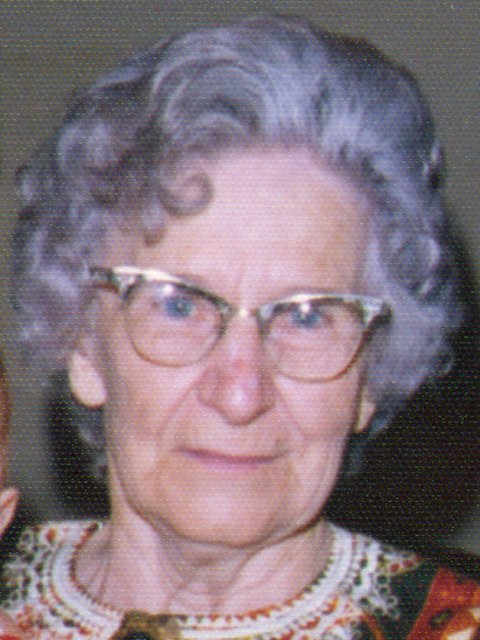#14Juillet
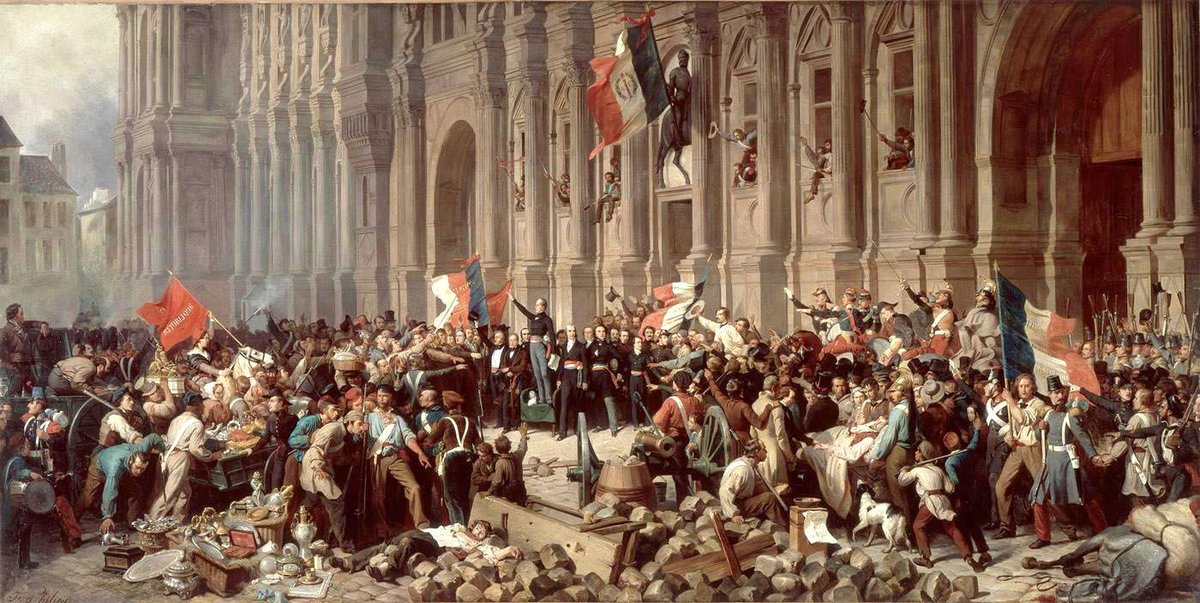
98 attackers and one defender had died in the actual fighting, a disparity accounted for by the protection provided to the garrison by the fortress walls.
An English traveller, Doctor Edward Rigby, reported what he saw:
On 17 July, in Paris, he accepted a tricolor cockade from Bailly and entered the Hôtel de Ville to cries of "Long live the King" and "Long live the Nation".
On 22 July 1789 the populace lynched Joseph Foullon de Doué and his son-in-law Louis Bénigne François Bertier de Sauvigny. Both held official positions under the monarchy.











